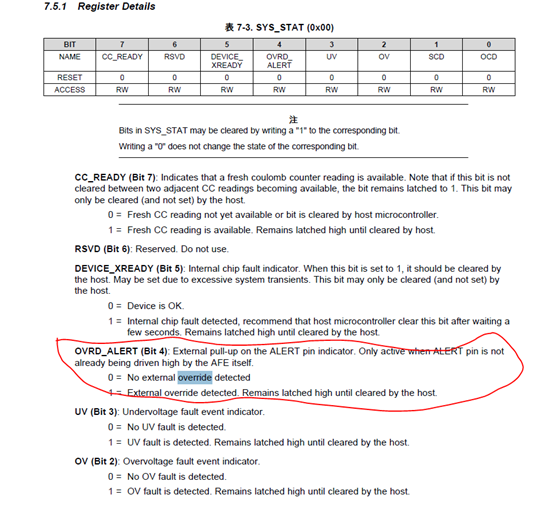We are confused about the function about Alert over ride. Such as the details in our datasheet.
Could you please give me some comments about this?
In my opinion, when we use ALERT for output, it only output alert signal. But when the problem is serious, the ALERT pin will be pull high. And only can we manual to set host to clear it up?
Hope for your comments. Have a nice day.


